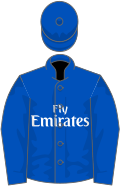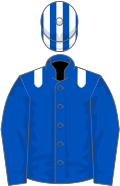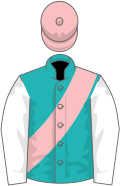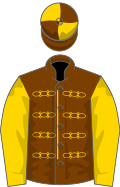| Class | Group 2 |
|---|---|
| Location | July Course Newmarket, England |
| Inaugurated | 1786 |
| Race type | Flat / Thoroughbred |
| Sponsor | Tattersalls |
| Website | Newmarket |
| Race information | |
| Distance | 6f (1,207 metres) |
| Surface | Turf |
| Track | Straight |
| Qualification | Two-year-old colts and geldings |
| Weight | 9 st 0 lb Penalties 3 lb for G1 / G2 winners |
| Purse | £100,000 (2022) 1st: £56,710 |
| 2025 | ||
 |  |  |
| Zavateri | Do Or Do Not | Jel Pepper |
| Previous years | ||
|---|---|---|
| 2024 | ||
 |  |  |
| Whistlejacket | Billboard Star | Aomori City |
| 2023 | ||
 |  |  |
| Jasour | Lake Forest | Toca Madera |
| 2022 | ||
 |  |  |
| Persian Force | Show Respect | Mysterious Night |
| 2021 | ||
 |  |  |
| Lusail | Asymmetric | Sam Maximus |
| 1990-1988 | ||
|---|---|---|
| 1990 | ||
 |  |  |
| Mujtahid | Mac's Imp | The Old Firm |
| 1989 | ||
 |  |  |
| Rock City | Champagne Gold | Wadood |
| 1988 | ||
 |  |  |
| Always Valiant | Frequent Flyer | Dancing Dissident |
The July Stakes is a Group 2 flat horse race in Great Britain open to two-year-old colts and geldings. It is run on the July Course at Newmarket over a distance of 6 furlongs (1,207 metres), and it is scheduled to take place each year in July.




























































